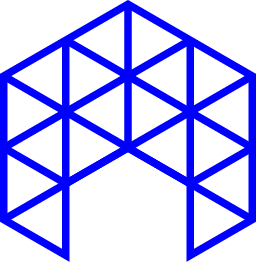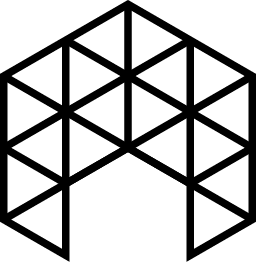Architectural visualization is an essential aspect of the design process, allowing architects to communicate their vision for a project in a clear and compelling way. With the rise of digital design tools, architectural visualization has become more sophisticated than ever before, with architects and designers able to create highly detailed and photorealistic images of their designs. However, mastering architectural visualization is not always easy, and requires a combination of technical skill and artistic talent.
One of the most important aspects of architectural visualization is creating accurate and detailed 3D models. This requires a strong understanding of 3D modeling software, as well as an attention to detail when it comes to modeling textures, materials, and lighting. To create a photorealistic image, it’s important to pay attention to the way light interacts with surfaces, and to use high-quality textures and materials that accurately represent the real-world counterparts.
Another key aspect of architectural visualization is creating realistic lighting. This means understanding the principles of light, such as how it behaves in different environments and how it interacts with surfaces. It also means knowing how to use lighting tools within 3D modeling software to create a believable and visually appealing image. One technique that can be used to create realistic lighting is HDRI (High Dynamic Range Imaging), which allows to create a more realistic and natural looking lighting.
When creating architectural visualizations, it’s also important to consider the camera angle, composition, and framing. The camera angle should be chosen to highlight the most interesting and important aspects of the design, while the composition and framing should be used to create a sense of depth and movement within the image. To achieve this, you can use composition techniques such as the rule of thirds or the golden ratio, and create a sense of depth by using depth of field, which allows to blur the background and make the foreground objects stand out.
Another important aspect to consider is the post-production and retouching, that can enhance the final image, making it look even more realistic. This can be done using software such as Photoshop, where it is possible to adjust the color, contrast, and overall look of the image. Post-production can also be used to add atmospheric effects, such as fog, to the image, which can help to create a sense of realism and depth.
Finally, it’s important to stay up-to-date with the latest trends and techniques in architectural visualization. This means staying informed about new software and technology, as well as studying the work of other architects and designers in the field. By keeping up with the latest trends and techniques, architects and designers can ensure that their images are always fresh, innovative, and visually appealing.
In conclusion, architectural visualization is an essential aspect of the design process, allowing architects to communicate their vision for a project in a clear and compelling way. By mastering the technical skills of 3D modeling and lighting, as well as the artistic skills of composition and post-production, architects and designers can create stunning images that accurately and visually depict their designs. By staying informed about new trends and techniques, architects and designers can ensure that their images are always fresh, innovative, and visually appealing.
References:
“The Art and Science of Architectural Visualization” by the American Institute of Architects
“Mastering Architectural Visualization: A guide to 3D modeling and lighting” by the Royal Institute of British Architects
“Post-production techniques for architectural visualization” by the American Society of Interior Designers














